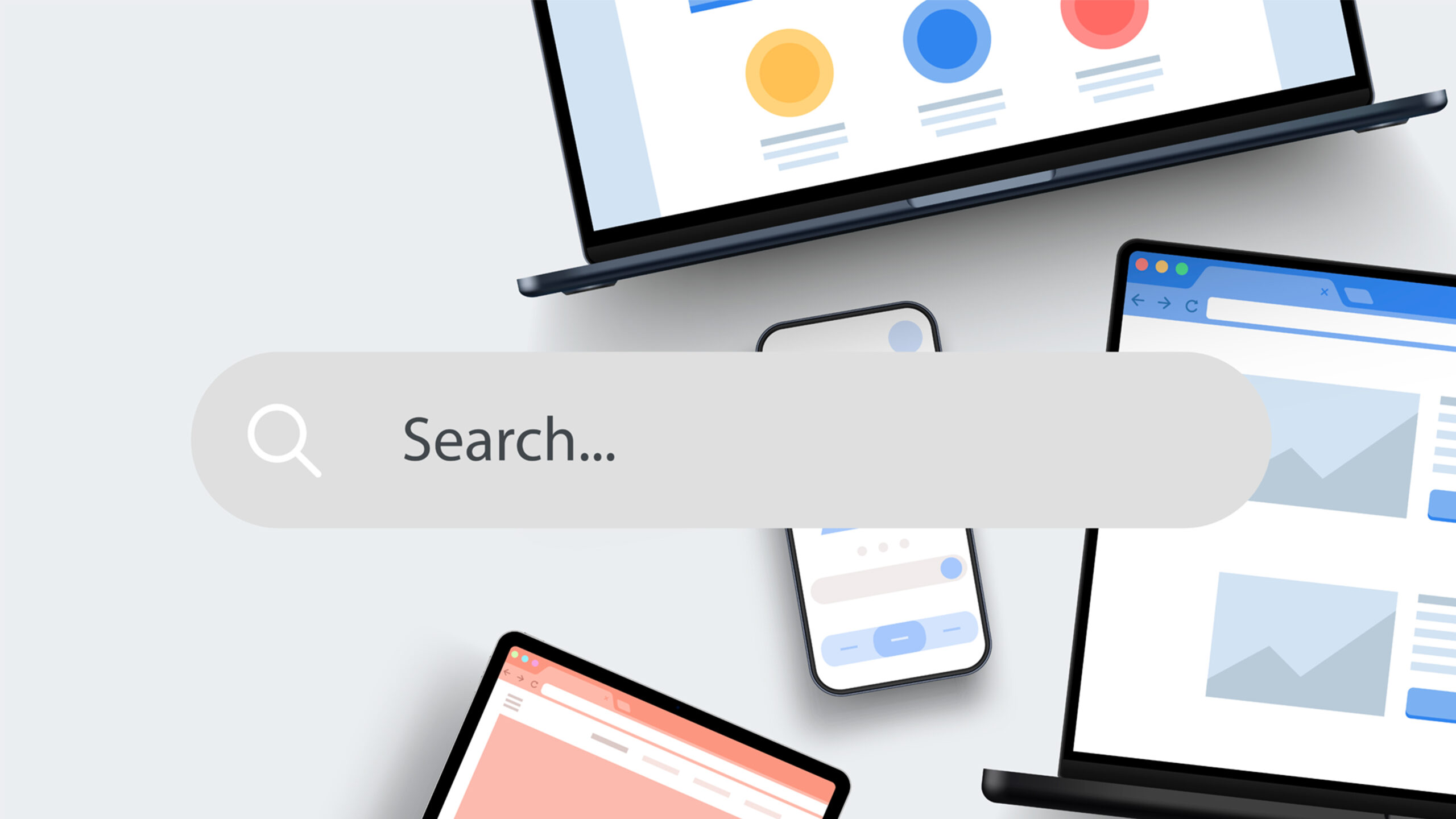Google’s Cookie Delay Isn’t a Comeback—It’s a Reminder to Evolve

By now, you’ve heard the news: Google hit pause (again) on third-party cookie deprecation in Chrome. We’ve already broken down what that means for the industry—but now it’s time to go deeper. Keith Petri, CEO of Lockr by Viant, shared his perspective in AdMonsters, and his take in the article, described below, is refreshingly clear: cookies were never the strategy. They were just one ingredient in a much smarter identity recipe. Or better yet—one ingredient in your marketing cocktail.
Let’s run with that analogy.
Cookies = Bitters. Not the Whole Drink.
Imagine your marketing strategy is a beautifully crafted old fashioned. Cookies are the bitters—essential for depth, but no one orders a glass of Angostura on the rocks.
A balanced campaign requires more than a splash of cookies. You need:
- Whiskey: Quality seed data (the backbone of your strategy)
- Sugar: Structured campaign planning
- Citrus: Smart sequencing and creative flair
- Cherry on top: Real-time measurement and optimization
In other words, don’t build your entire ad strategy around one signal—especially not one as limited (and browser-bound) as cookies.
The Cookie Panic Was Overblown
If you’ve been stockpiling Privacy Sandbox playbooks or nervously watching Google’s timeline slip year after year, we get it. The anxiety was real.
But Petri made the following compelling point in the AdMonsters article: The panic was never proportional to the threat.
Safari, Firefox, CTV, mobile apps—they’ve all thrived without third-party cookies for years. Smart advertisers didn’t wait for Google to make up its mind. They trained their strategies to perform across cookieless environments. And now? They’re stronger for it.
Think of it like training for a marathon that gets postponed. You’re still in better shape than when you started.
Alternative IDs: The Unsung Hero
Today’s identity landscape is more fragmented than ever. Even when cookies are present, they’re often siloed—stuck in isolated jars that can’t communicate across platforms.
Enter alternative IDs.
They don’t just replace cookies; they connect them. Think of alt IDs as the bartender who knows how to blend disparate ingredients into something smooth and seamless.
Here’s how it works in practice:
- A user visits a publisher site on Chrome: Cookie A is assigned.
- That same user later engages through an in-app browser: Cookie B.
- Without an alt ID, they look like two different people.
- With a deterministic ID (like an email-based identifier), they’re connected. One person. One journey. One smarter campaign.
That’s not just a better experience—it’s better business.
Spoiler: Even If Cookies Stay, You’ll Still Need Alt IDs
Here’s the kicker: Cookies only work in browsers. Consumers, on the other hand, exist across apps, smart TVs, gaming consoles, and more. Cookies don’t follow them there—but alt IDs do.
So even if cookies stick around forever (they won’t), your strategy still needs to work beyond the browser. That’s where platforms like Viant shine—interoperable by design, privacy-forward by necessity, and built to connect fragmented signals across every screen.
What Advertisers Should Do Next
Still clutching your pearls over Google’s timeline? Keith has a better idea: Move on.
The future belongs to marketers who:
- Use cookies when they’re available
- Use alt IDs when they’re not
- Build strategies that bridge all signals
- Prioritize privacy, relevance, and real-time measurement
So go ahead, pour yourself that old fashioned. But don’t forget the full recipe.
Because one ingredient doesn’t make the drink. And one signal doesn’t make the strategy.
Learn More About Viant
"*" indicates required fields
STAY IN THE LOOP WITH OUR NEWSLETTER
Sign up to get Viant news and announcements delivered straight to your inbox.
Sign up to get Viant news and announcements delivered straight to your inbox.
